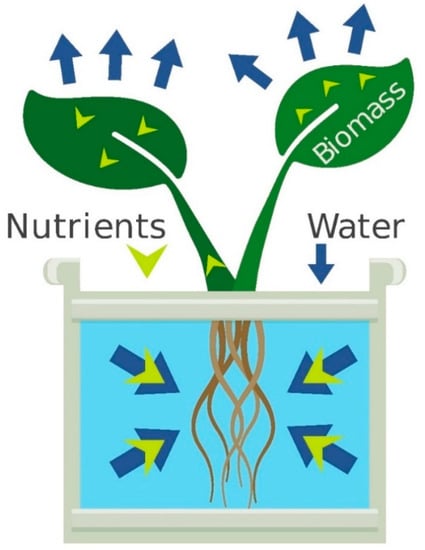Apprently their labels are bullshit. Ive heard this many times. All i know is ive run several bases and never had better product than flakes produces for us so ill be sticking with it. I do plan to do solution analysis. But please remember, my problem is corrected. Our plants are healthy and happy. Our feed is stable, ph is stable, ec drops steadilyView attachment 18967721
ok.the fact that aquaflakes is super rich in potassium leads me to think im right.If and only if your tissue analysis showed K defiency for real. here my thought ; you had magnesium antagonism because thats pretty stupid.. aquaflakes push way too much magnesium. 0.8%Mg against 0.9%K !!! thats pretty insane.. you should take a water analysis directly from a freshly mixed solution and look for magnesium vs potassium ratio. it should be close to 3-4K to 1Mg. but at the rate they say on the label it will cause antagonism, 100%. and topping between rez change just add to your issue. if any of your additive add more magnesium to the mix , you increase again antagonism by adding more magnesium to the already unbalanced mix. It could be the reason of the last drop that caused your issue. one of your additive add magnesium to your mix and it became quicly unbalanced. by increase base nutrient ec you restored this balance of the original mix.
as time pass, your mix become depleted of K and the antagonism become more obvious.Then you top off half strenght, add more magnesium to the mix which is already high in magnesium but not enought K and it keep going like that... That a dirty circle. So when you asked , increasing my base nute ec should increase antagonism; No because the source of your antagonism is probly an additive. your base nutrients is fine alone but limit unbalanced.
Like there not a lot of important ratio but this one is the most important ; K:mg ratio should be above 2 at all time.
But do the water analysis. hg label is shady. i think they just state minimum value but there is more.
if you find its really unbalanced,you should give a try on canna substra flores start to finish ( not aqua) or jacks hydro....they say hg is similar to canna but its not true.and dont listen what they say. it works in ebbflow and its well balanced.
Until i top up and correct it. This is what works best for us in ebb and flow and has also done well in our prior dwc systems.




